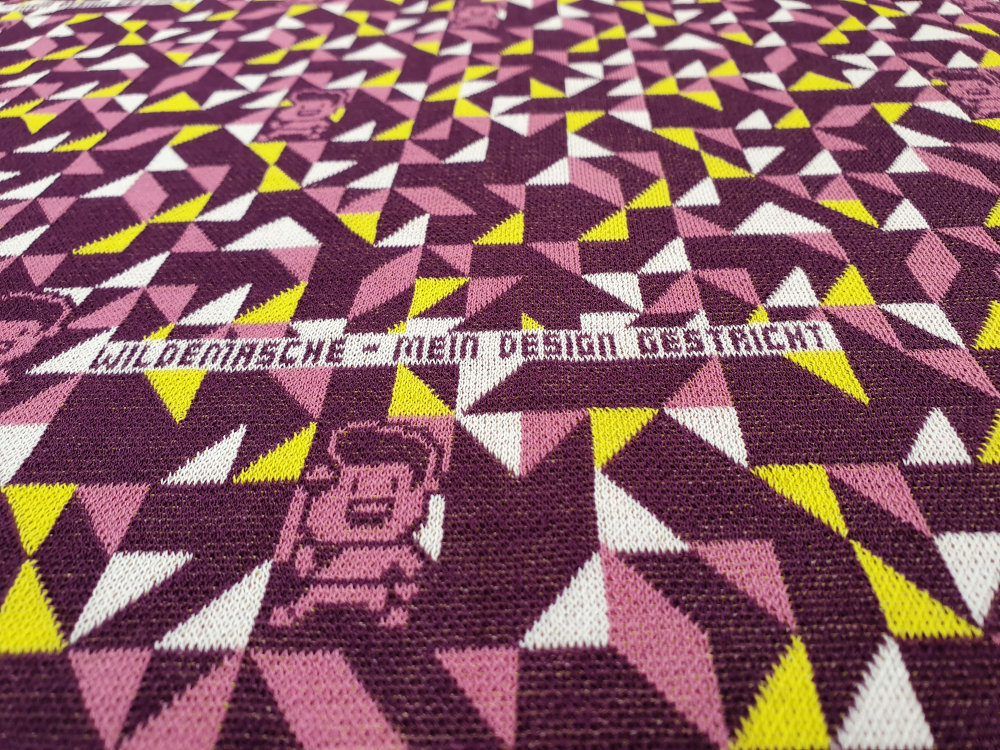FAQ regarding knitwear jacquard designs
- How does the 4-color limit impact the complexity and style of Wildemasche sweater designs?
The 4-color limit challenges designers to strategically use color, promoting innovative and visually cohesive designs. It ensures that designs are not only visually appealing but also compatible with knitting technology, often resulting in a distinctive and refined aesthetic. - What are the specific steps for converting images into the knitwear designs?
Converting images involves a process of pixel correction and color indexing, ensuring that the artwork adheres to the knit design constraints. This process requires attention to detail to maintain the integrity of the original image while fitting it within the designs color and resolution limitations. - How does a layer setup enhance the design process?
A layer setup can enhance the design process by allowing individual components of the design to be managed and edited separately. This flexibility can enhance the process of creating intricate designs, enabling designers to experiment with different elements, adjust specific details, and refine their work without disrupting the overall composition. - Can you mix and match colors freely within the yarn color palette for custom designs?
While designers have a range of colors in the yarn palette, they must adhere to the 4-color limit. This constraint encourages designers to be deliberate and creative with their color choices, ensuring that each color serves a specific purpose and contributes to the overall harmony of the design. - What are the common challenges when pixel-correcting transferred images, and how does Wildemasche address them?
Pixel correction can be a meticulous task, requiring designers to balance detail and clarity within the constraints of the knitting grid and color limits. Wildemasche addresses these challenges by providing tools and guidelines to help designers adjust their images effectively, ensuring that the final design remains true to the original vision while being feasible for knitting.




